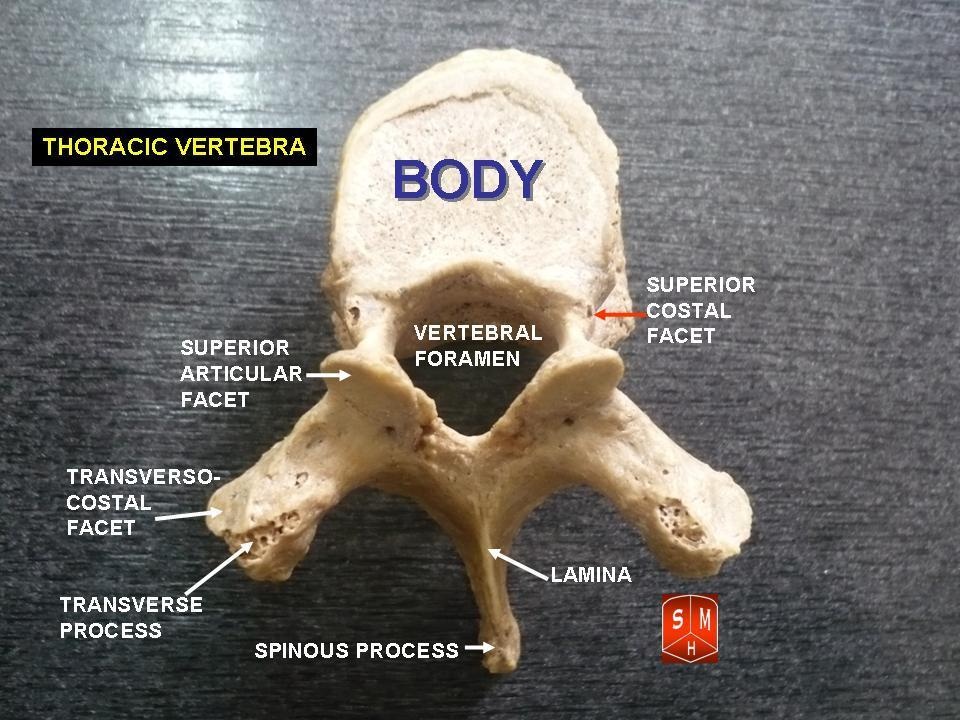

Shingles (especially in people aged over 60 years).Fractures of the vertebrae (the bony components that make up the spine).Slipped discs - these are common but rarely cause pain.Narrowing of part of the spine (thoracic stenosis) - usually due to wear and tear.Repeating a movement persistently that involves the thoracic part of the spine (as in sport or work): also called overuse injury.Lack of muscular strength (couch potatoes beware!).Sitting or standing in a slouched position over time.A sudden sprain or strain (as in car accidents or sports injuries).This inflammation can occur for a number of reasons: The most common cause of thoracic back pain is inflammation of the muscles or soft tissues of the thoracic spine. What are the causes of thoracic back pain? Passing wee or poo accidentally (can indicate pressure on the spinal cord).Pins and needles, numbness or weakness of the legs that is severe or gets worse over time.Changes to the shape of the spine, including the appearance of lumps or bumps.Pain that is accompanied by severe stiffness in the morning.Pain that doesn't get better after 2-4 weeks of treatment.Pain that wasn't caused by a sprain or strain (non-mechanical).Pain that is there all the time, severe and getting worse.A recent infection by a germ (bacterial infection).Feeling generally poorly - for example, a high temperature (fever), chills and unexplained weight loss.A history of cancer, drug misuse, HIV infection, a condition that suppresses your immune system (immunosuppression) and use of steroids for a long time (about six months or more).Age under 20 or over 50 years when the pain first starts.Minor injury or even just heavy lifting in people with 'thinning' of the bones (osteoporosis).Recent serious injury, such as a car accident or a fall from a height.If you have thoracic spine pain, these are the alarm features to look out for:


 0 kommentar(er)
0 kommentar(er)
